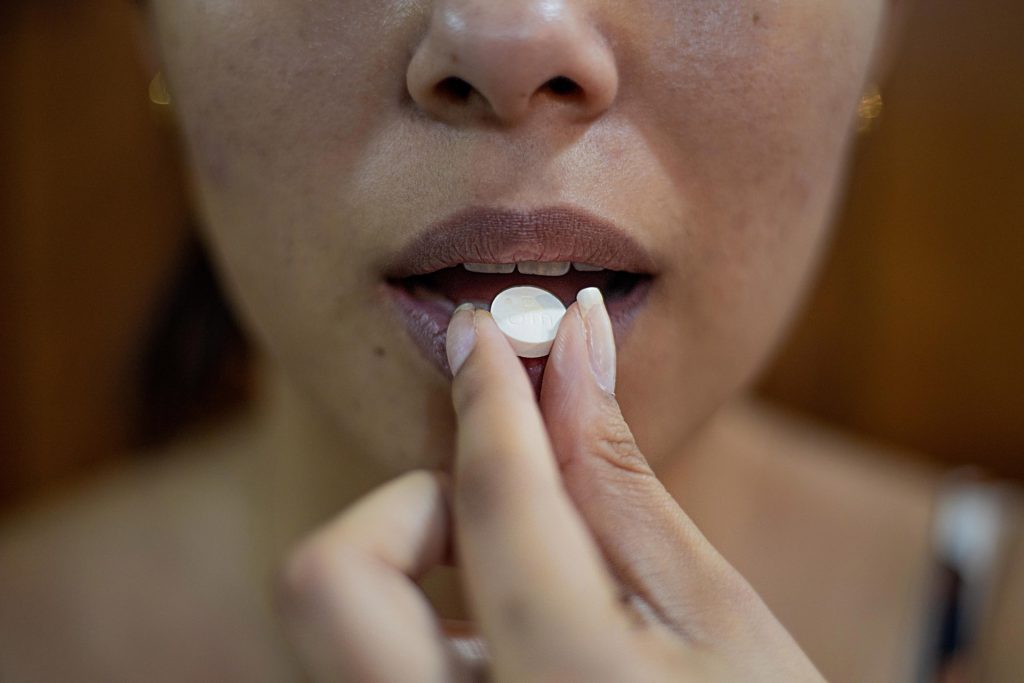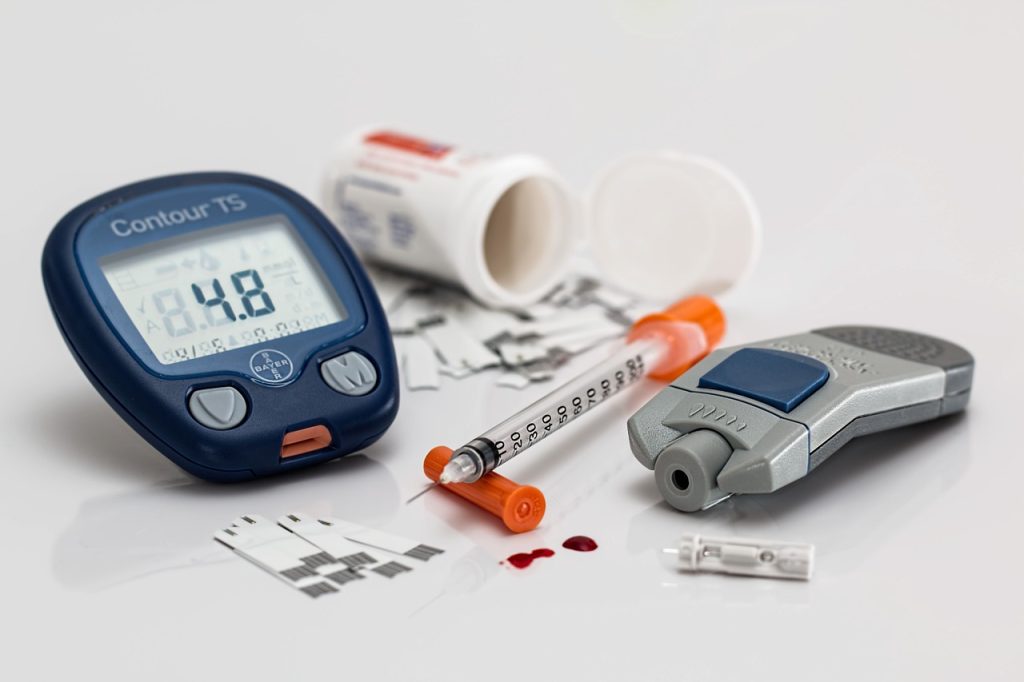Obesity and Diabetes in Pregnancy may Raise Child’s ADHD Risk

A recent study has found that children born to women with gestational diabetes and obesity may have twice the risk of developing attention-deficit/hyperactivity disorder (ADHD) compared to those born to mothers without obesity. The findings, published in the Journal of Clinical Endocrinology & Metabolism, also found found that in women with a healthy weight gain during pregnancy, this risk increase was not seen.
ADHD is a growing problem. According to data from 2016-2019, 6 million children aged 3–17 years have received an ADHD. Maternal obesity is a major risk factor for ADHD in children, and roughly 30% of women have obesity at their first doctor’s visit during pregnancy, rising to 47% in women with gestational diabetes. Excessive weight gain during pregnancy in this population is a risk factor for children developing ADHD.
“Our study found pregnant women with obesity and gestational diabetes had children with long-term mental health disorders such as ADHD,” said Verónica Perea, MD, PhD, of the Hospital Universitari Mutua Terrassa in Barcelona. “We did not find this association when these women gained a healthy amount of weight during pregnancy.”
Studying 1036 children born to women with gestational diabetes, the researchers found that 13% of these children were diagnosed with ADHD. When compared to mothers without obesity, the researchers found children of women with gestational diabetes and obesity were twice as likely to have ADHD compared to those born to mothers without obesity.
Notably, this association was only seen in women with gestational diabetes, obesity and excessive weight gain during pregnancy. There was no increased risk of ADHD in children of women with gestational diabetes and obesity if the amount of weight these women gained during pregnancy was within the normal range.
“It’s important for clinicians to counsel their patients on the importance of healthy weight gain during pregnancy,” Perea said.
Source: The Endocrine Society









